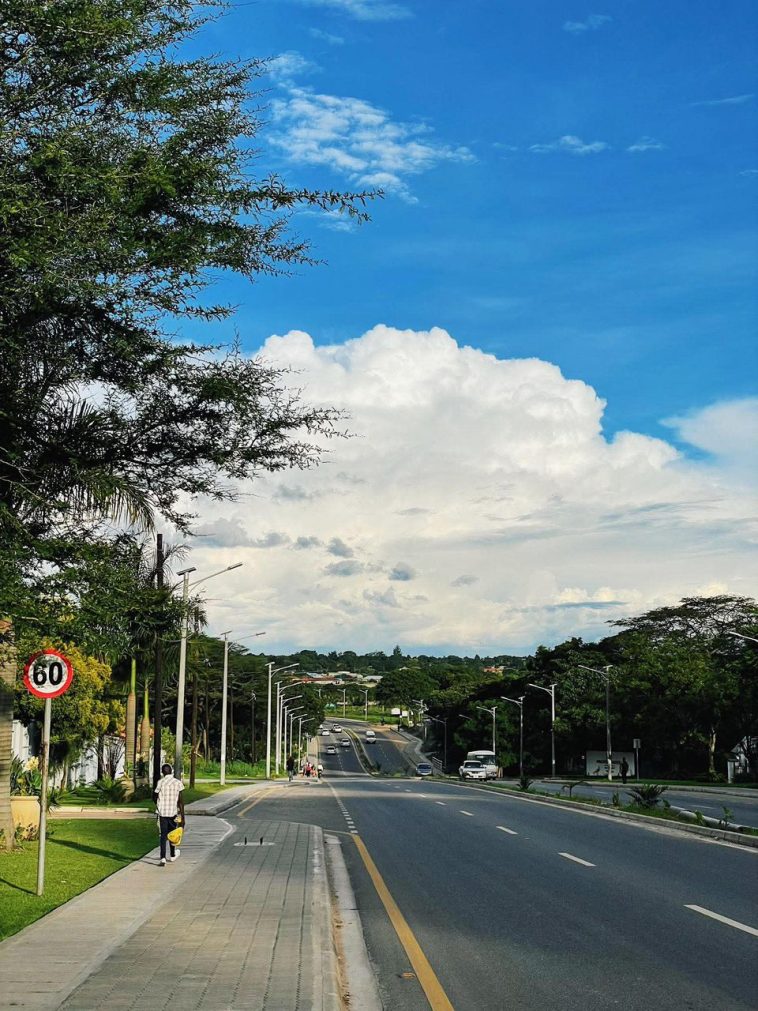President Museveni is a very clean man — a puritan when it comes to clean environments around him. If you have visited State House, the lawns are verdant, blooming with beauty, the boulevards are expansive and clean.
The expectation is this tendency would trickle down to cities, municipalities, town councils, trading centers, and villages — but it’s not happening, only in outlier places like in parts of Fort Portal and Gulu.
Mbale decided to revert to kavera, dust, unabated littering, and vile attack on green spaces. The story of Mbale is perhaps true to 98% of Uganda. Some blame physical planning deficiencies. Others inadequate budgets. Others blame culture. Others blame enforcement loopholes. Others blame leadership.
They e.g. point to Mayor Ruyonga in Fort Portal who enforced a green and tidy culture and got punished by “voters”. They also point to Chairman Mutabazi in Lwengo whose advancement approach was undermined by his enforcementmethods and got punished by “voters”.
In Kigezi, the Christian revival movement led by the late Bishop Kivengere in the 1930s provided a distinction between civilized living (okuhutuuka) and backward living. They argued that civilized living had nothing to do with wealth or plenty. The revival message focused on household — and yes, from way way back Kigezi’s small huts and their compounds and paths were well manicured, clean, with all sorts of tropical flowers blooming — this is not happening in our Kigezi communal and urban spaces today! How do we figure out the why?
How do we then build places like Chingola in Zambia shown in the image? I am not asking that we benchmark Zurich — but Chingola in Zambia!
This post was created with our nice and easy submission form. Create your post!





